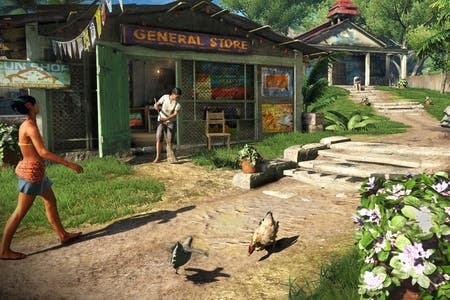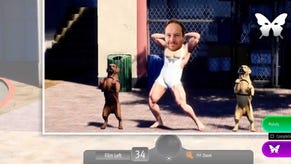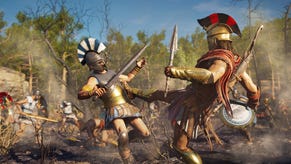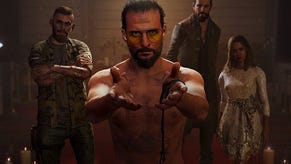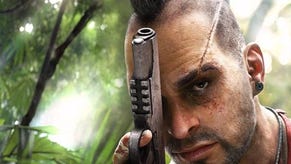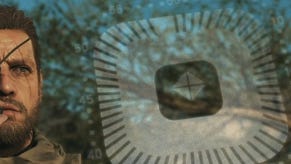Far Cry 3 preview: Territoriality, crafting and early tech analysis
The first three hours of bumble in the jungle.
With Far Cry 3, Ubisoft Montreal leaves behind the dry African savannahs and muggy swamps of its bleak second entry, and brings the series straight back to the luscious blues and greens of the tropics. It makes sense too. This is, after all, the visual signature that made the original Far Cry such a breakthrough success for the technical pioneers at Crytek, who leveraged some much-needed sun, sea and sand into the gritty-grey FPS scene of 2003, before disappearing off into mid-life Crysis.
The sandbox island setting is back, then, but it's never been about skinny-dipping and sand castles. At the outset of the game, Ubisoft adds a splash of trouble to this paradise when our lead character, Jason Brody, finds pirates taking over control of the Rook Island resort he's at by cutthroat force. The downward spiral from silly teenage fun to abject misery is as sharp as any teen-slash flick, and within minutes Jason's boozy holiday transforms into a gruelling fight for survival. It gets pretty nasty, in fact, as the unhinged menace of the pirate leader, Vaas, provokes Jason into a desperate game of cat-and-mouse across the island.
Survival is the key word here. Once Jason escapes, he's advised to embrace his savage, instinctive drives in order to come out on top of the wilderness. This conceit weaves nicely into Far Cry 3's main gameplay objectives: territorial control and a crafting system predicated on hunting wildlife. It transpires that we're not the only ones bitter about the arrival of these unwanted guests, and the indigenous Rakyat tribe soon encourages Jason to recover its sabotaged villages. Dotted around the archipelago, ownership of these settlements is laid out in a clear video game language, with flags waving at the centre of each to show who has a claim to which region.
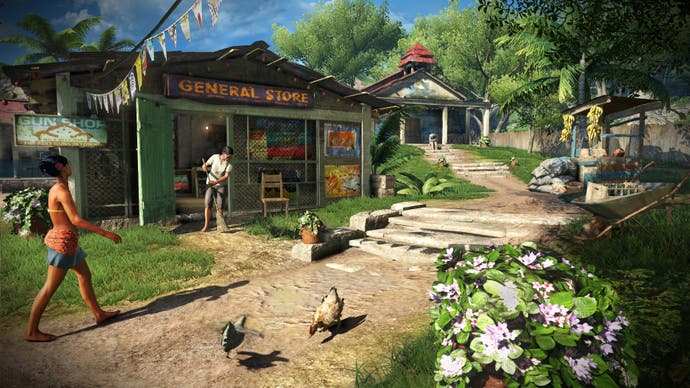
As you approach one occupied plantation, you have three options to reclaim it: stealth, attack from a distance, or move in quickly with the rest of the tribe. Experience earned by raising your own flag here can be spent on new abilities and moves - explained away as a spiritual power given to you through a "Tatau" on your wrist. The move-set isn't quite as game-changing as the ones offered in Dishonored, to pick a current example, but they do help streamline your strategy of choice for future scenarios. In my case, I gear Jason towards stealth by learning the Sprint Slide and Silent Take-Down abilities, though the potential for more extravagant upgrades is there for later.
Power lines can also be reactivated to improve trade flow to the villages, which opens up a wider catalogue of artillery at local shops. "You will find your friends once you have mastered the jungle. Listen to your instincts," a local tribesman says, cuing Jason to start hunting animals and foraging for leaves. So naturally I jump into the car right next to him and go on the hunt for all the pieces we need to craft healing syringes and a rucksack.
The crafting system encourages plenty of hands-on time with the island's flora and fauna, and, while sparsely plotted, it does help to create the sense of a real-ish ecosystem. Wild boar, snakes, chickens and alligators all co-exist - some around the towns, some at a distance - with most yielding materials that can later be fashioned into medical items. Otherwise they make for great diversions; in one case I spot two pirates being mauled by a tiger and get to drive straight past undetected.
In technical terms, it's an ambitious premise, and the Xbox 360 version I get to play suffers as it tries to realise the game's wild sandbox world. It's described as an unoptimised build by the Ubisoft staff hovering nearby, and I suspect the occasional crashes and glitches - such as flickering shader effects used for ocean surfaces - will be addressed as a matter of urgency before the final release. That said, the lack of either anti-aliasing or permanently engaged v-sync could prove to be lasting design choices given how closely linked these settings are with performance.
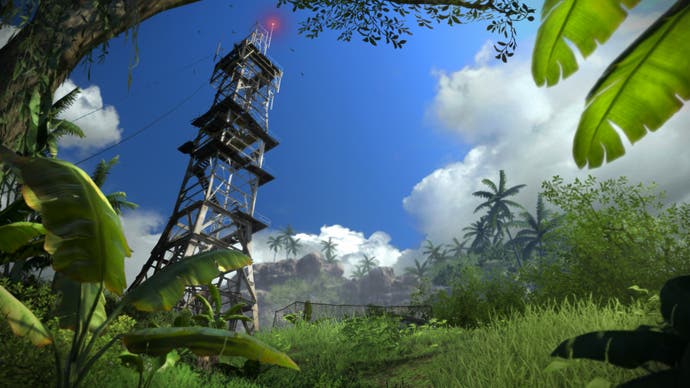
The resulting jaggies and tearing I see from time to time obviously don't flatter an otherwise beautifully presented game. There's also a lower-quality implementation of shadows compared to the PC version that I also got to try, shown up by a subtle flickering whenever the camera viewpoint shifts. Fortunately, the quality of bloom, screen space ambient occlusion, and light shaft effects appear to be upheld on 360. Digital Foundry (where I can usually be found - hence all the technobabble) hopes to have more details on all this and the elusive PS3 version nearer release.
Meanwhile, Far Cry 3's scripted sequences pack a surprising visual punch, largely due to some concise art direction. One scene has me swimming through an underwater cave in search of mushrooms, exposure to which sends Jason on a haunting, psychedelic journey. Multi-coloured ferns begin erupting from the ground, and each leaf bends around as I wade through the thickets towards a fleeing greenhouse. I'm not in Guildford any more, Dorothy.
Sobering up and stepping outside again, I come across one of the big revisions to Ubisoft's latest Dunia Engine 2 - its dynamic weather system, plus the use of true global illumination. The sun adheres to a night-and-day cycle, and transitions between pure sunshine and torrential rainfall can be very effective incidental mood setters. The only flaw here is the abruptness of the switchover, with not so much as a cloud passing in-between the two weather states to bridge the gap convincingly. Elsewhere, the dynamic fire effects of Far Cry 2 make a return too, allowing flames to spread across grass and bushes if you're in a devilish mood.

The game overall appears just as broad and eminently explorable as its predecessors. You can navigate the islands driving all manner of vehicles and boats, hang-gliding, and even zip-lining from high altitudes. Moving at breakneck speeds can cause LOD pop-in on 360, which I mainly notice when the game rapidly pans around Hook Island to highlight missions. However, the geometric draw distance is very impressive, and allows players to see for miles ahead while standing at hilltop peaks.
With all the attention to visual flair in this latest entry, I hoped Ubisoft would rise to the challenge of mirroring some features promoted in Crytek's standard-bearing CryEngine 3. I would have liked to have imitations of that engine's destruction physics, in particular, such as the effect of palm trees splitting at specific points when shot, or even buildings that dismantle when you run through them with a vehicle. Instead, most objects and trees are entirely static to the touch, shot or swipe. There are some Havok-style physics on minor objects in the villages, but almost every other object is rooted firmly in place - a little at odds with the scope of the rest of the game.
All in all, it's a relief that Far Cry 3 appears set to continue the tradition of the big, beautiful, sandbox FPS, especially given Crytek's eagerness to move its own Crysis titles towards a more urban and ultimately linear setting. I can't help feel that Crytek still has command over the more accomplished technology for this style of freeform jungle action, but if all the optimisations go to plan for the final release, Ubisoft should have tapped enough Caribbean spice into its game's characters and systems to leave a succulent aftertaste regardless.
